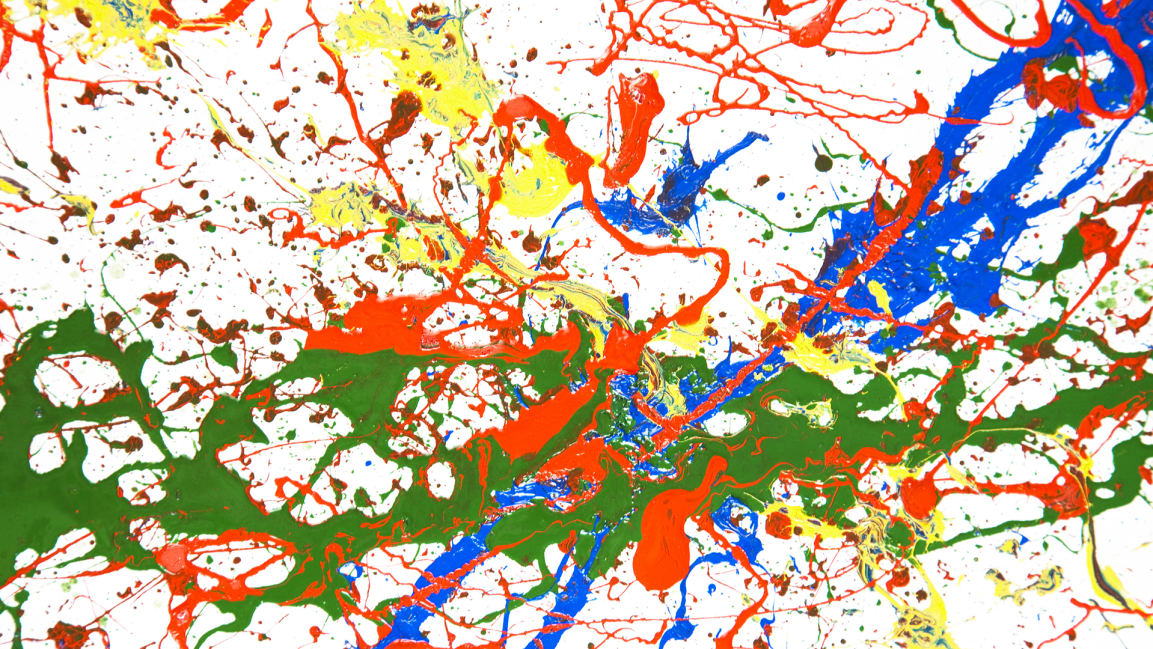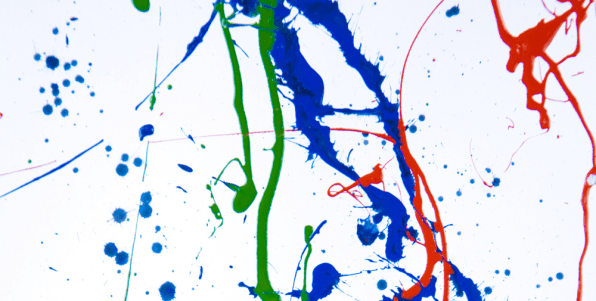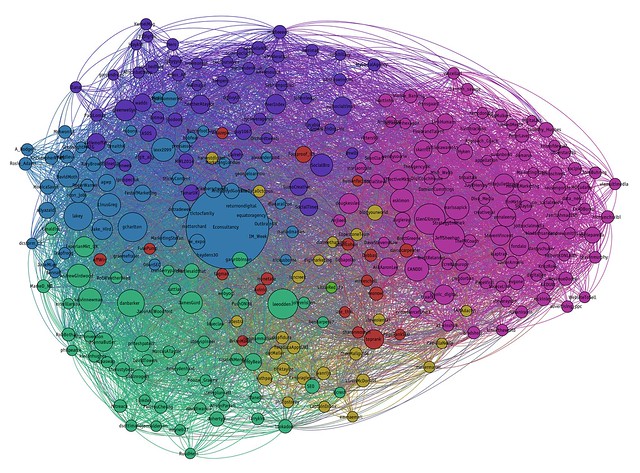In the lecture, we have learned about PageRank which first been introduced to the public in an academic paper by two graduate students, Larry Page and Sergey Brin. It is an algorithm that ranks the search results. I am wondering after so many years that page rank is not only that popular, can we used it in other fields to predict something interesting? By looking at the blog written by Jessica Leber about “How Google’s PageRank Quantifies Things (Like History’s Best Tennis Player) Beyond The Web”.

In the blog, Leber had mentioned that PageRank can be used in a different area, it is like Google had invented a lens and with so many different combinations of lenses, you can have a chance to look at all kinds of different systems. David Gleich, which is one researcher who is trying to use the Page rank algorithm in other fields had found out the PageRank system can be used when there involved graphs that represent relationships or flow between a set of objects in math ideas. For example, using Page rank can answer the question “What are the most important books?”
Another interesting example would be an endless debate between sports fans which is “Who’s the best team or player in a given sport in history?” The fan all have their own point of view about how their team or players are the best, with a list of evidence they try to convince others. However, there is one paper that uses PageRank to look at all pro tennis matches since 1968 and concluded a result that Jimmy Connors is the best tennis player. The same technique and algorithm could be used in the NFL, NBA, UEFA to find out their GOAT(Greatest Of All Time) player.

By concluding the blog of Jessica Leber with the lecture we have, it is clear that the technique we learn also implied to the real world and it could also help us to easily find and predict the most important or influence point for a specific graph. Which could also be some important people of one specific field.
References:
Leber, J. (2014, August 19). How Google’s PageRank Quantifies Things (Like History’s Best Tennis Player) Beyond The Web. Retrieved November 06, 2020, from https://www.fastcompany.com/3034193/how-googles-pagerank-quantifyies-things-like-historys-best-tennis-player-beyond-the-web

